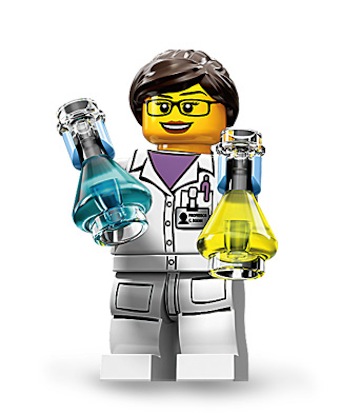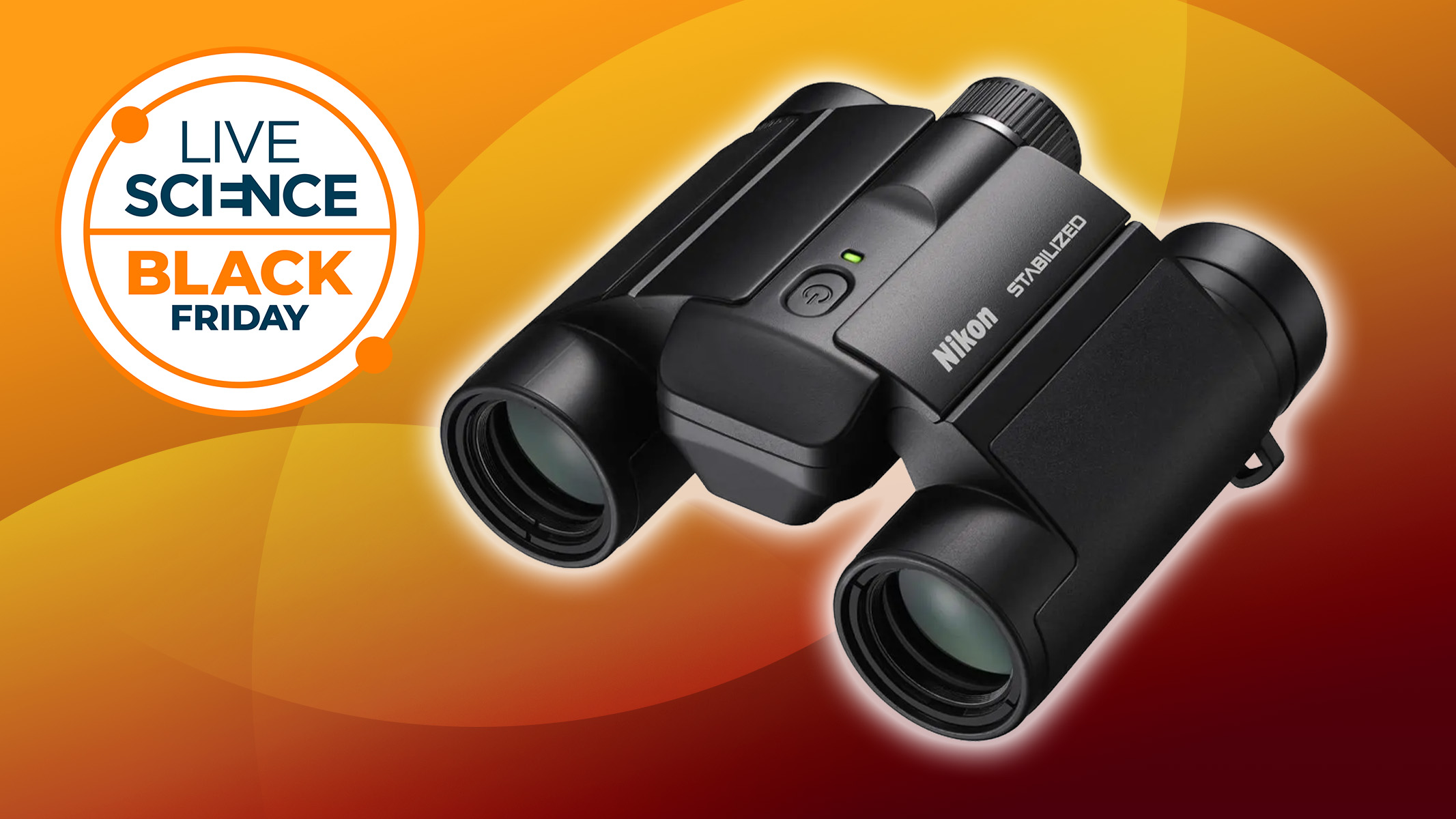Lego Releases First Female Scientist

Wearing glasses and a lab coat, and holding out two Erlenmeyer flasks, Professor C. Bodin (as her nametag reads) is Lego's first female scientist.
The new model, simply dubbed the "Scientist," is a member of Lego's Minifigure Series 11, which hit stores in the United States on Sept. 1.
Lego has come under fire in recent years for marketing its iconic interlocking bricks mostly to boys and otherwise playing into gender stereotypes in its plastic pantheon. But some researchers and critics say the new, pink-free scientist is a step in the right direction. [Busted! 6 Gender Myths in the Bedroom & Beyond]
"I think this figure is a positive step because it portrays a woman in a STEM career without resorting to gender stereotyping by making her pink or calling her a 'lady scientist,'" Elizabeth Sweet, a doctoral candidate in sociology at the University of California, Davis, told LiveScience in an email, referring to science, technology, engineering and math (STEM) careers.
Though Professor C. Bodin may be the first female lab scientist in the Lego universe, Scientific American pointed out she is not the first female minifigure with a career in STEM. For example, Lego released a pigtailed doctor in the 1970s and a female astronaut in the 1990s as part of its Ice Planet 2002 series in the 1990s.
However, the all-time sex ratio of minifigure models is roughly 4:1 in favor of males, with the female ones often playing into gender stereotypes, Scientific American reported.
Sweet also noted that, paradoxically, gender stereotypes seem to have become more embedded in Lego's marketing in recent years.
Get the world’s most fascinating discoveries delivered straight to your inbox.
"While Lego originally marketed their products broadly to children, actively incorporating both boys and girls in their ads, Lego toys today are overwhelmingly designed and marketed according to gender," Sweet wrote.
The Denmark-based company has done little to satisfy its critics with its recent girl-geared "Friends" line of female minifigs that are shapelier than the traditional boxy figures. The "Friends" models have collected disapproval for relying on stereotypically feminine colors and storylines, while most other Lego lines today are targeted toward boys and include fewer female characters, Sweet said.
"So while I am glad to see Lego releasing the Scientist minifig, she is but one drop in a large bucket of otherwise gendered offerings," Sweet wrote. "Ultimately, it would be ideal to see Lego offer many more non-stereotyped female characters like the Scientist in their sets, and it would be even better to see them go back to marketing such sets to both boys and girls."
Megan Perryman, a campaigner at the U.K.-based organization Let Toys Be Toys, echoed Sweet's sentiments.
"The female scientist is a step in the right direction, as it's important for girls to see themselves reflected in as wide a range of occupations as possible, but Lego has a long way to go to make their products and marketing truly inclusive," Perryman wrote in an email to LiveScience.
Members of the public can submit design ideas for Lego products through the company's Cuusoo website. (Cuusoo, a Japanese word, loosely translate to "wish.") The Christian Science Monitor reported that one of the projects currently under review is a Female Minifigure Set, which includes an astronomer, paleontologist, falconer, judge, robotics engineer and chemist.
The project's creator, who identifies herself as an isotope geochemist named Alatariel Elensar, wrote on the site that female figures are still the minority in Lego sets, though recently the company has started to design and add more.
"I have designed some professional female minifigures that also show that girls can become anything they want," Elensar's entry says.
Follow Megan Gannon on Twitter and Google+. Follow us @livescience, Facebook & Google+. Original article on LiveScience.

